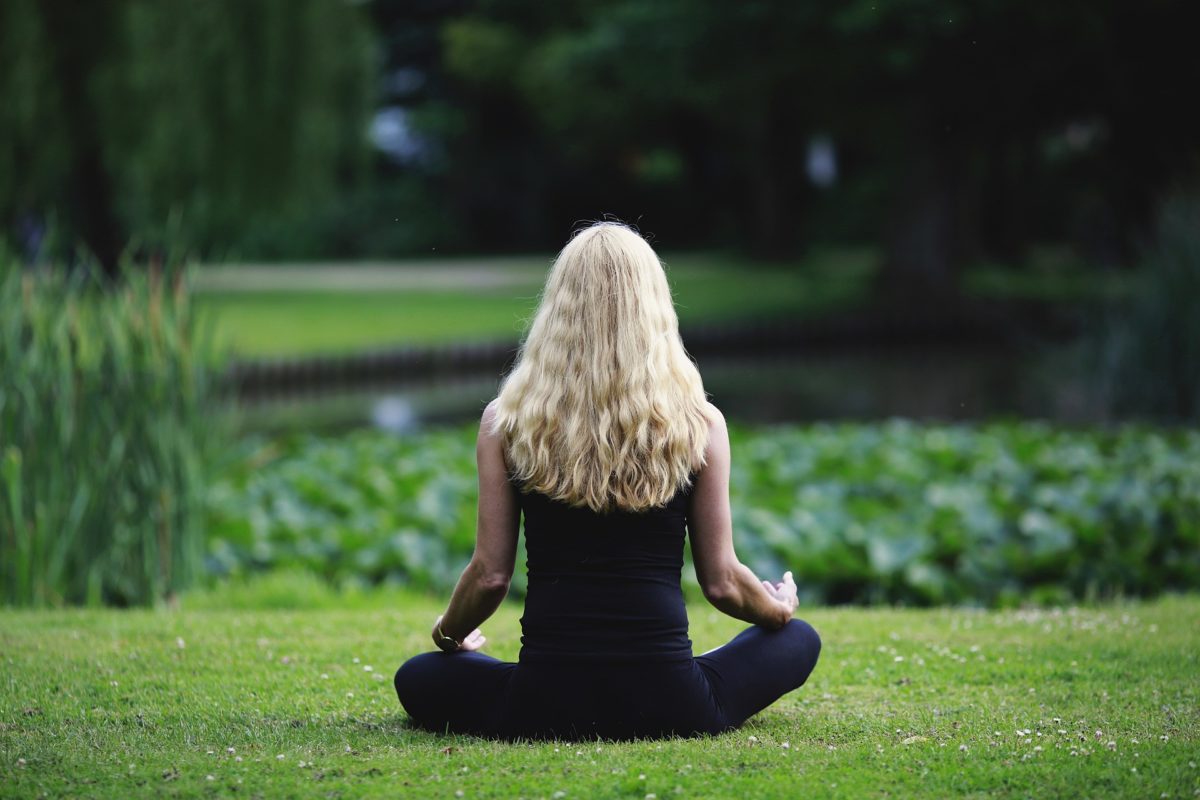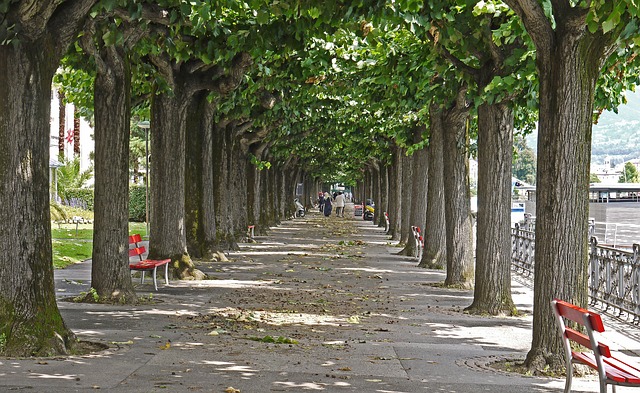In previous posts I have suggested that to sustain the practice of mindfulness you need to start small. Starting small can even involve as little as one mindful breath at a time. Chade-Meng Tan recommends that you start with less than you imagine is possible – so that you experience a sense of success early. I have also discussed the defences that we employ when trying to sustain self-compassion meditation.
Strategies for sustaining mindfulness practice
Meditation teacher Tara Brach offers additional strategies for maintaining your practice of mindfulness:
- Practice daily – however short the time you have available. This establishes a momentum and develops a habit.
- Find somewhere conducive to meditation or other mindfulness practice. Noise and activity in the background can be very distracting and makes silence and focus very difficult. Make it easier for yourself by finding a quiet place and time for your practice.
- Be conscious of your posture – ensure you begin in a relaxed position that you can revisit daily. This enables your mind to capture the positive bodily sensations associated with your practice.
- Avoid self-judgment – do not criticise yourself if your mind wanders or if you are unable to sustain lengthy mindfulness practice. The process of bringing your attention back to your focus following a distraction actually builds your “awareness muscle“.
- Engage your body – bringing your attention to your body and the tensions within can help to ground you and clear away your thoughts. If bodily tension is regularly impacting your ability to sustain your practice, a full body scan can be helpful.
- Use an anchor to enable you to drop into the present moment easily. The anchor can be anything that enables you to capture the positive sensation of your mindfulness practice. I use the process of joining my fingertips from one hand to those on my other hand. This tends to generate energy and a tingling feeling in my hands. It is something I can access anywhere at any time during the day – whether sitting at my desk, standing, travelling in the train or attending a meeting. Tara offers a list of useful anchors that you can explore for your own use.
- Persistence is critical – do not give up because the positive gains are often just around the corner. Practice becomes easier over time if you persist and the gains grow exponentially.
- Deepen your ability to be present in the moment. Tara suggests that a key question to ask is, “What is happening inside me now – can I treat this with acceptance?”. As a general principle, supplementing your standard, daily mindfulness practice with other forms of mindfulness throughout the day can add to the benefits you experience and serve to reinforce your daily practice. For example, in an earlier post I discussed some ways to be more mindful at work. Practice at home, supplemented by mindful practices at work, can be mutually reinforcing.
- Employ the power of positive emotions – you can practice loving-kindness meditation or gratitude meditation to help you deal with difficult emotions experienced during your practice of mindfulness.
As we grow in mindfulness through sustained, daily practice we can enhance our inner awareness and increase the benefits that accrue from being in the present moment in a positive, constructive and peaceful way.
____________________________________________
By Ron Passfield – Copyright (Creative Commons license, Attribution–Non Commercial–No Derivatives)
Disclosure: If you purchase a product through this site, I may earn a commission which will help to pay for the site, the associated Meetup group and the resources to support the blog.









